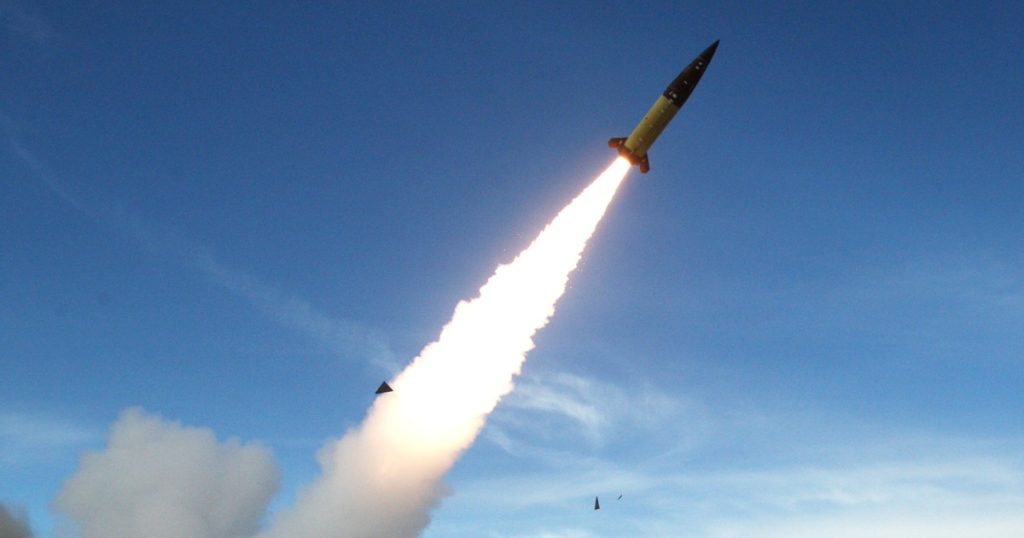The United States provided Ukraine with powerful long-range ballistic missiles – the Army Tactical Missile System (ATACMS) – as part of a $300 million military aid package announced on March 12. These missiles were used twice within a week against Russian forces, with one strike targeting a Russian military airfield in Crimea and the other targeting Russian forces east of Berdyansk in southeastern Ukraine. The Biden administration had kept the provision of ATACMS secret for operational security reasons, but confirmed that they had sent the missiles to Ukraine after the attacks were carried out.
The range of the ATACMS missiles, up to 300 kilometers, allows Ukraine to target Russian military forces in Crimea and occupied parts of eastern Ukraine. The U.S.-provided missiles were equipped with warheads that included cluster munitions and unitary blast fragmentation. The decision to provide Ukraine with the long-range ATACMS came at a time when a foreign aid package worth billions of dollars for Ukraine, Israel, and Taiwan was signed into law. The administration had initially faced opposition in the Republican-led House but eventually secured funding for the aid package.
The U.S. administration had been planning a military aid package for Ukraine worth over $1 billion, which included various equipment such as ammunition, stinger missiles, artillery rounds, and infantry fighting vehicles. The decision to send ATACMS to Ukraine was made after months of deliberation, with concerns raised about potential provocations from Russia in response to the use of such powerful weapons. The Biden administration had initially hesitated to provide long-range missiles to Ukraine out of fear that it could prompt Russian President Vladimir Putin to escalate the conflict.
The White House had previously provided Ukraine with older medium-range ATACMS models, but the decision to send the long-range missiles was made after Russia repeatedly attacked civilian infrastructure in Ukraine and received ballistic missiles from North Korea. The U.S. imposed limitations on the use of the long-range systems, specifying that they could not be used to strike inside Russia and must be used within sovereign Ukrainian territory, including Crimea. Defense Secretary Lloyd Austin warned that without additional funding for weapons, Russia was gaining the upper hand in the conflict, and providing more military aid to Ukraine was crucial for its ability to defend itself.
Ukrainian President Volodymyr Zelenskyy welcomed the new aid, stating that it would give Ukraine a chance at victory in its defense against Russia. The U.S. administration acknowledged that while additional military aid would boost Ukraine’s capabilities on the battlefield, it alone would not be enough to turn the tide of the war. Ukraine was facing challenges due to dwindling munitions and equipment supplies, while Russia continued to unleash waves of drones and missiles. The decision to provide ATACMS to Ukraine marked a significant escalation in support for the country’s efforts to repel Russian aggression and defend its sovereignty.


